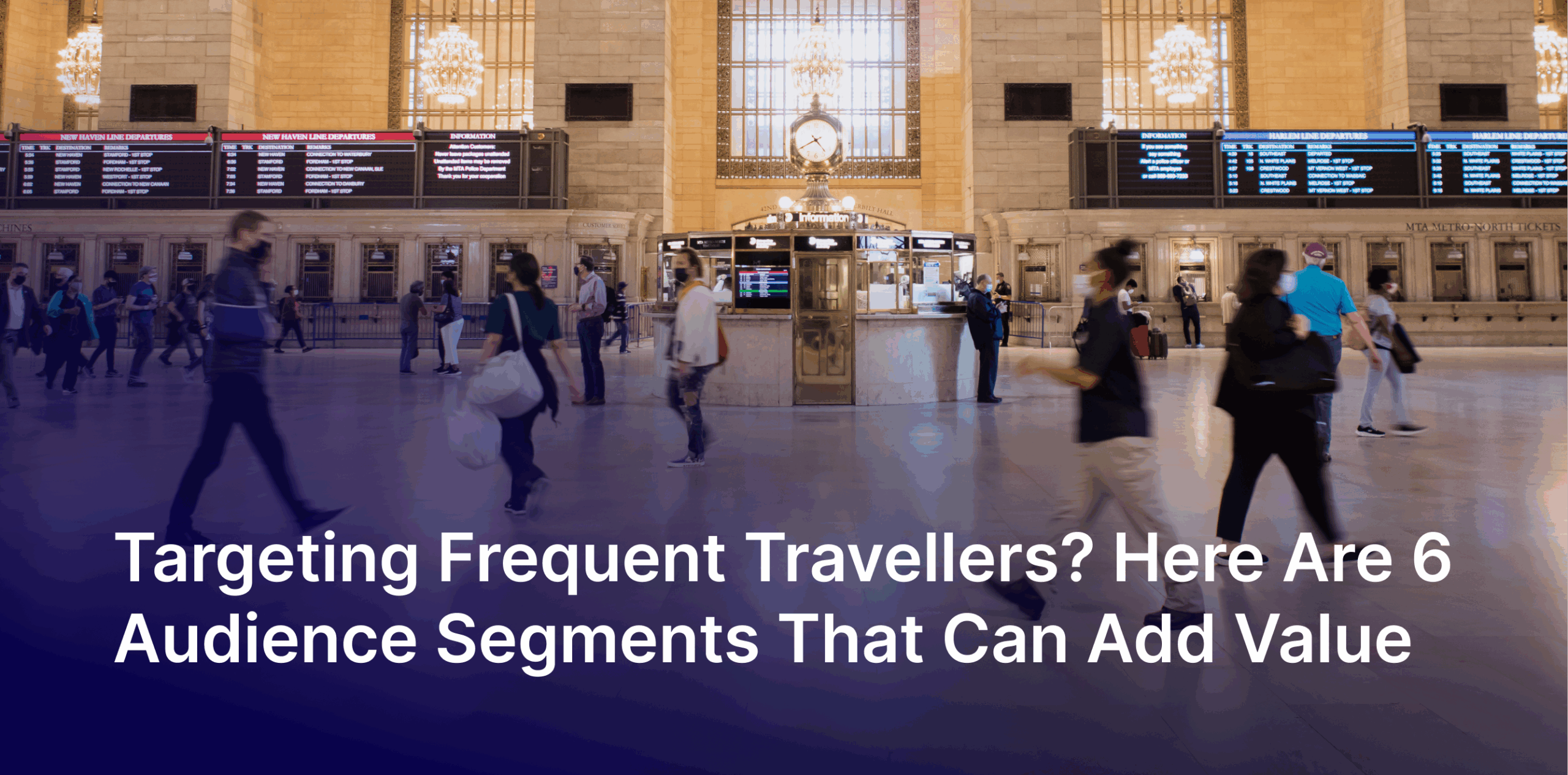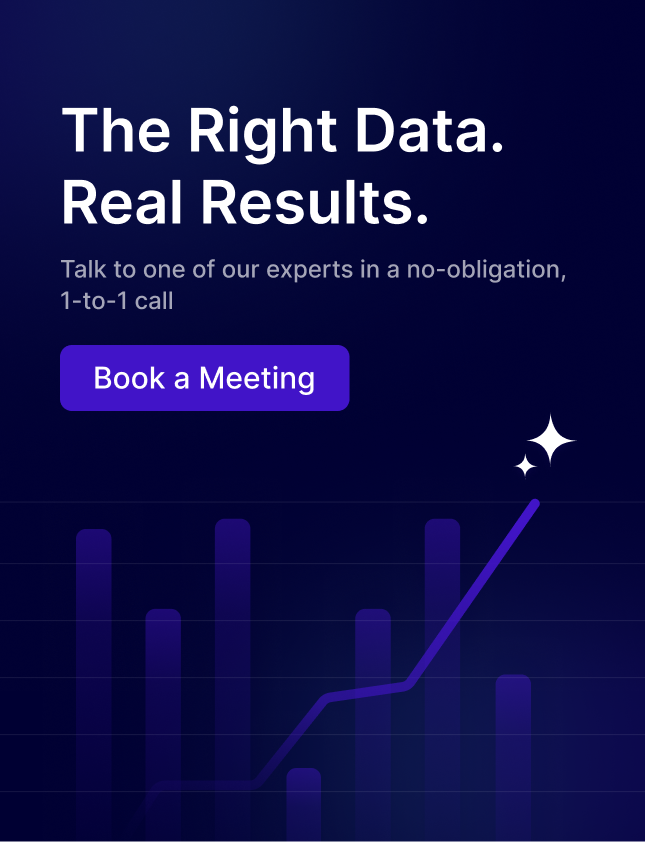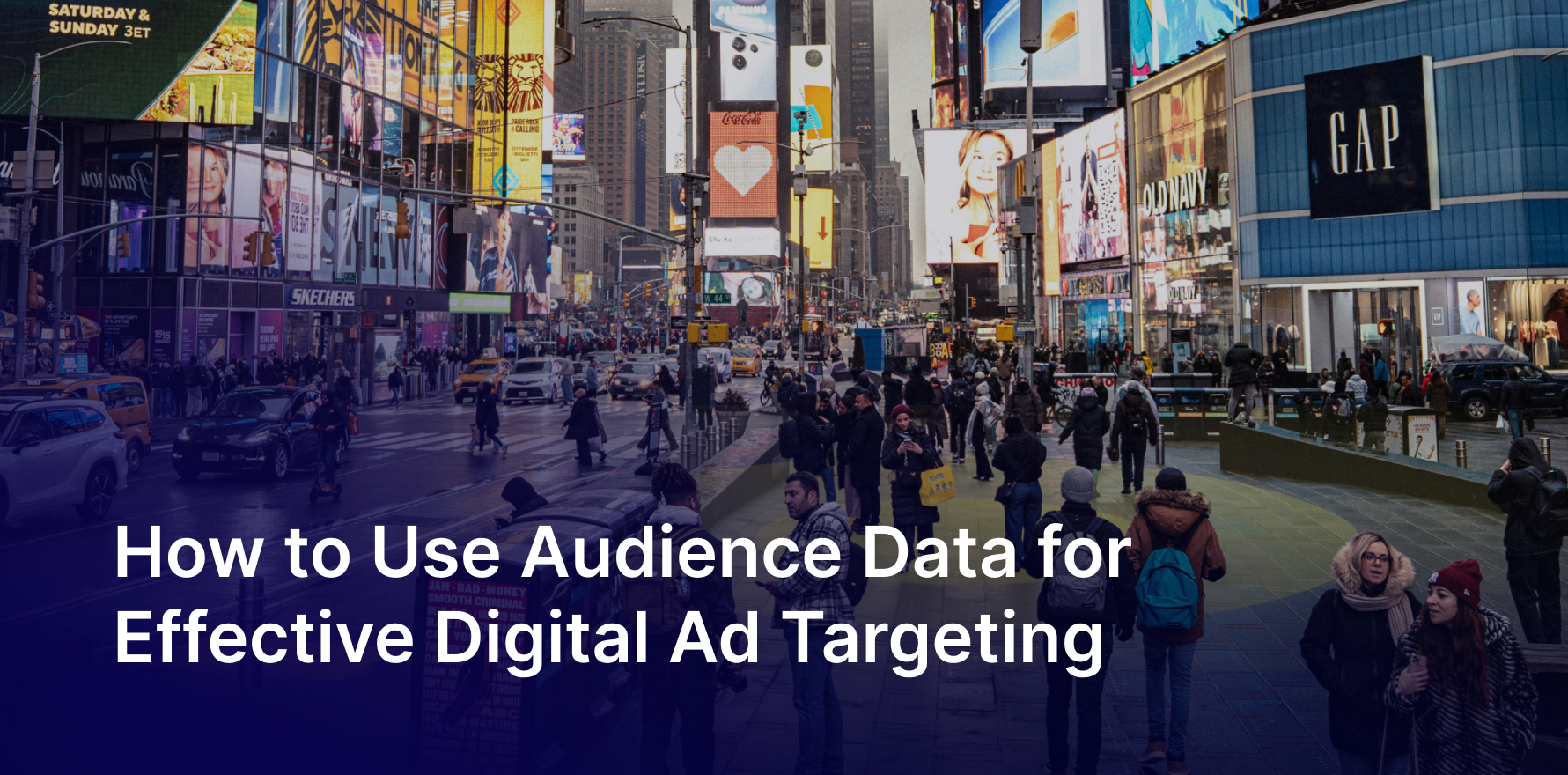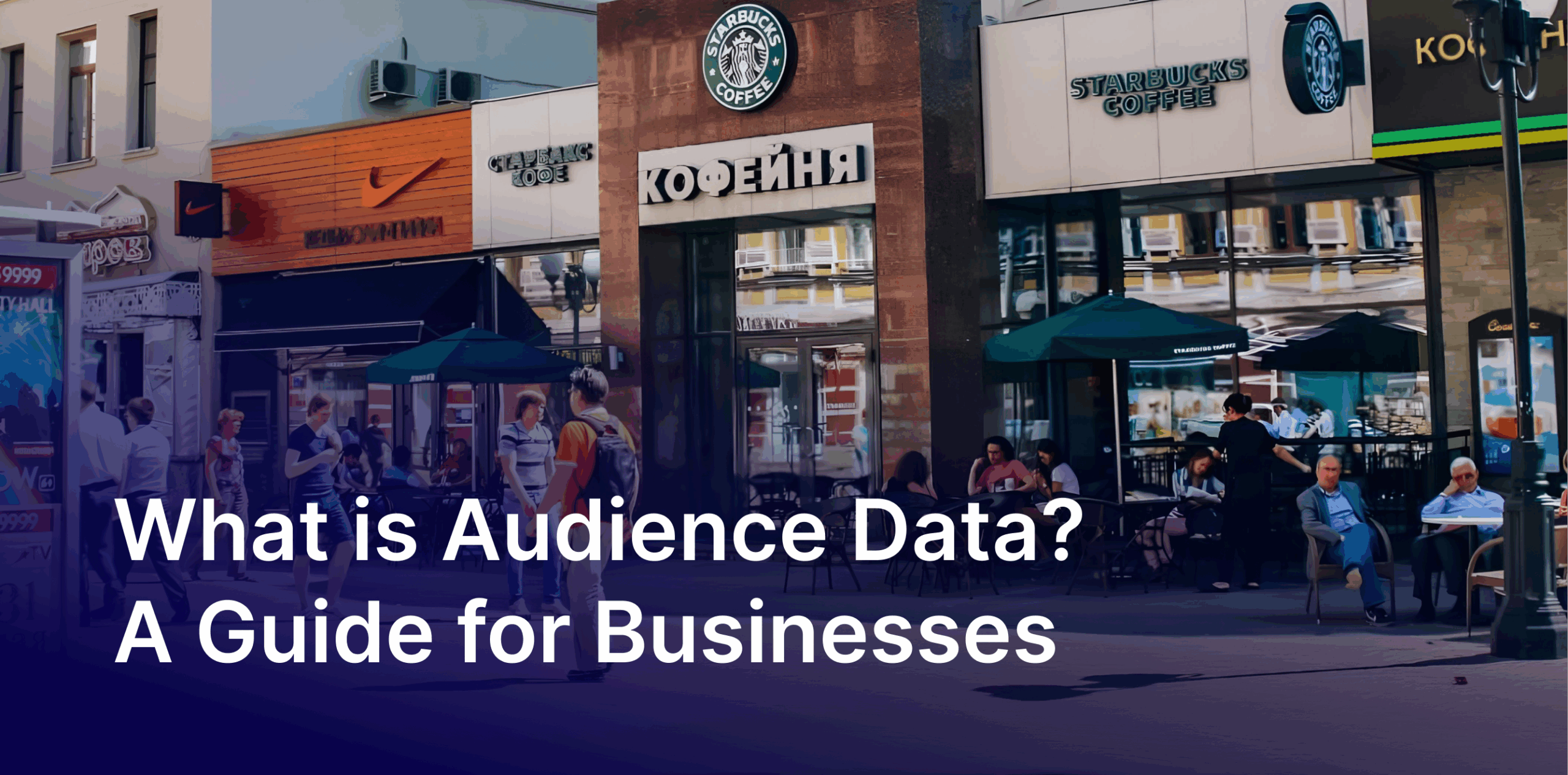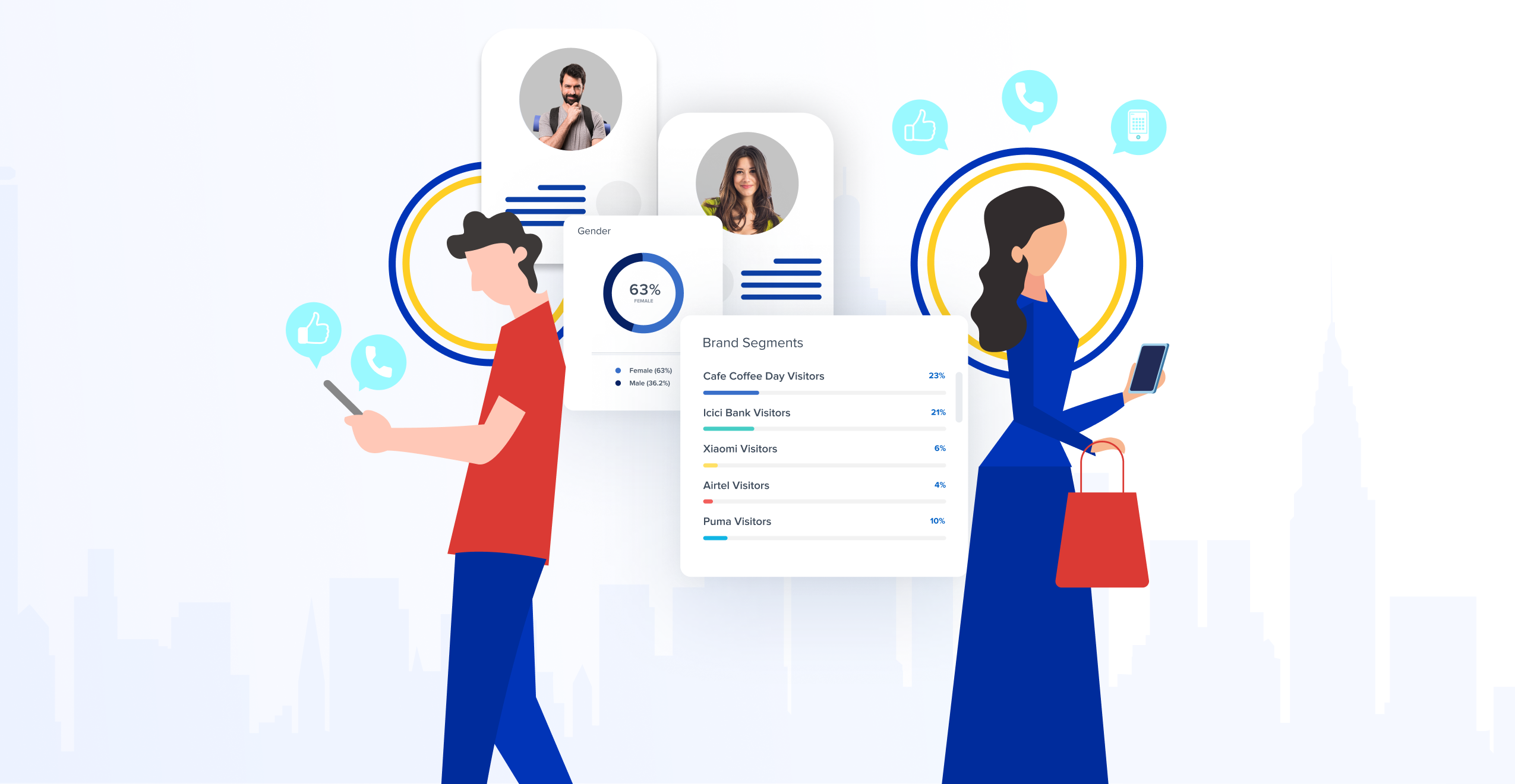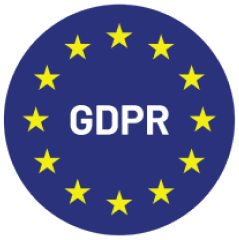What is Audience Data for Travellers?
Audience data for travellers refers to insights collected from how people plan, book, and experience travel across digital and physical touchpoints. It combines behavioral, demographic, and location-based information to help brands understand where travellers go, what motivates their journeys, and how they interact with different services along the way.
This data enables marketers to identify potential customers with high travel intent, deliver personalized and timely messages, and design campaigns that align with each traveller’s purpose whether leisure, business, or adventure. By analyzing audience data, brands can go beyond traditional targeting to uncover real-world behaviors, predict demand, and connect with travellers when they’re most engaged, ultimately driving stronger loyalty and higher ROI.
Types of Traveller Audience Data
Travel marketers rely on different types of audience data to design more relevant, personalized, and profitable campaigns:
1. Behavioral Data
Tracks how travellers behave online and offline, including app usage, booking history, or visit frequency to certain locations.
Example: Understanding which users browse travel booking platforms or visit tourist attractions.
2. Location Data
Captures where travellers go in real time, such as airports, train stations, hotels, or resorts.
Example: A brand promoting duty-free offers to users detected at airport terminals.
3. Demographic Data
Includes information such as age, gender, income, and nationality, helping brands customize offers and pricing.
Example: Targeting young professionals booking solo trips or families planning holidays.
4. Psychographic Data
Reveals traveller motivations, lifestyle choices, and spending preferences.
Example: Differentiating adventure seekers from luxury travellers.
5. Transactional Data
Provides insights into traveller spending patterns from flight bookings to shopping and dining behavior.
Example: Targeting frequent fliers who purchase premium seat upgrades or stay at high-end hotels.
By combining these data types, brands can map the full traveller journey and create multi-touchpoint marketing strategies that convert.
The world has never been more accessible and global travel is booming. There are thousands of travellers going from one place to another at any given point of time and they are a goldmine for brands. Here are some high-quality audience segments that can help target travellers:
1. Air Travellers
Consumers who are seen at airports and in destination countries
This consumer set consists of people who travel by air and can be seen at airports. These users can be targeted by brands at both destinations, at their departure as well as their arrival. Brands that have outlets in the airport and duty-free zones can use this audience to reach them.
2. Train Station Visitors
Consumers who are seen at train stations
This audience segment has people who travel by trains and visit train stations. These users can be targeted by retail, QSR and FMCG brands.
3. Travel App Users
Travel related app users
There are many travel-related apps nowadays ranging from booking apps to trip planning that travellers use to go on a trip. This is a great segment for travel services like airlines, taxis or tours to advertise their services.
4. Hotel Visitors
Consumers who are seen at hotels
This audience segment consists of people who are seen at hotels and typically are made up of tourists or business travellers. Retail and F&B brands can target these segments as they regularly shop and dine during their travels.
5. Luxury Shoppers
Consumers who shop for high-end luxury items.
These consumers are those who buy luxury items such as apparel, jewellery, watches etc. They also have a high propensity to stay at luxury hotels and dine at expensive restaurants during their travels.
6. Leisure Venue Visitors
Consumers who are seen at leisure venues like resorts and theme parks.
The users in this segment visit leisure spots like resorts and theme parks. These are holidaymakers who are typically travelling with their family and therefore do family-friendly leisure activities. Factori has over 117 million users who can be segmented based on places they visit, geo-behavioural personas, brand affinity, as well as app usage.
How Audience Data Transforms Travel Marketing
Audience data empowers brands to turn generic travel ads into high-impact, personalized experiences that engage travellers across every stage of their journey. By combining real-world behavioral insights with digital intent signals, marketers can craft campaigns that are contextual, timely, and measurable.
1. Travel & Hospitality
Audience data helps hotels, airlines, and tourism boards identify travellers actively planning or booking trips. With this insight, brands can deliver targeted promotions such as last-minute hotel deals, upgrade offers, or destination packages to travellers showing booking intent. This ensures ads reach people when they’re most likely to make a purchase.
2. Retail
Retailers can use location and behavioral audience data to reach travellers in airports, train stations, or popular shopping districts near tourist hubs. From duty-free promotions to travel-exclusive product lines, data-driven targeting ensures that travellers discover your brand at precisely the right moment during their journey.
3. Entertainment & Experiences
Audience data allows entertainment brands, local attractions, and event organizers to promote experiences that match traveller interests. Whether it’s a theme park near a resort or a concert in a major city, marketers can target visitors already in the area or those planning to arrive soon maximizing ticket sales and footfall.
4. FMCG & Quick Service Restaurants (QSRs)
For FMCG and QSR brands, audience data reveals frequent travellers and their travel habits such as airport visits, highway stops, or hotel stays. These insights enable brands to promote on-the-go meal options, beverages, or travel essentials at key travel touchpoints, ensuring relevance and convenience for busy consumers.
By leveraging Factori’s audience intelligence, marketers can bridge the gap between online intent and offline behavior, creating travel marketing strategies that are personalized, contextual, and performance-driven.
To explore the business Use cases which Factori Audience data offers. Do check out Audience Data Schema and Download Free Data Sample.
You may also like

